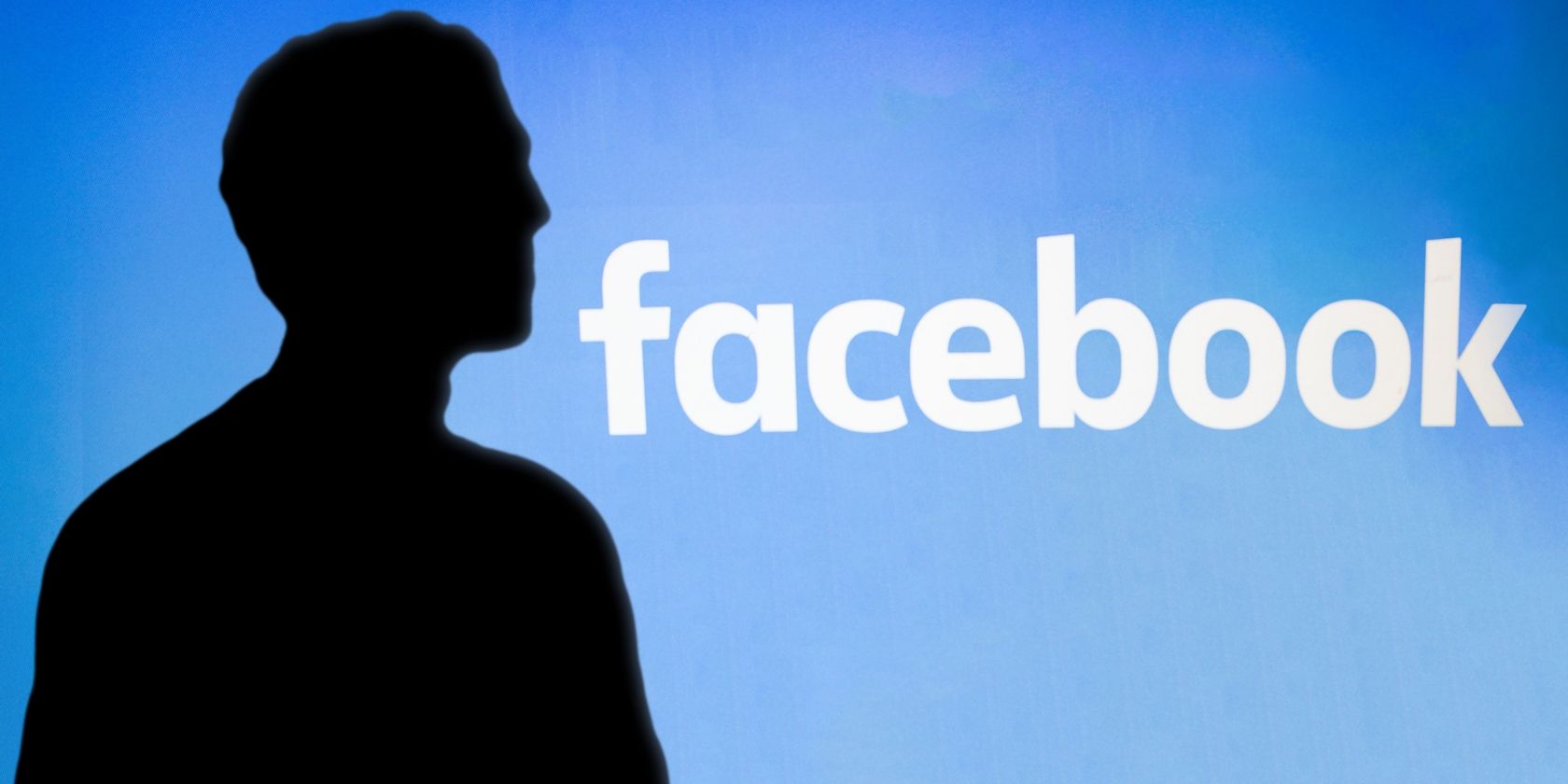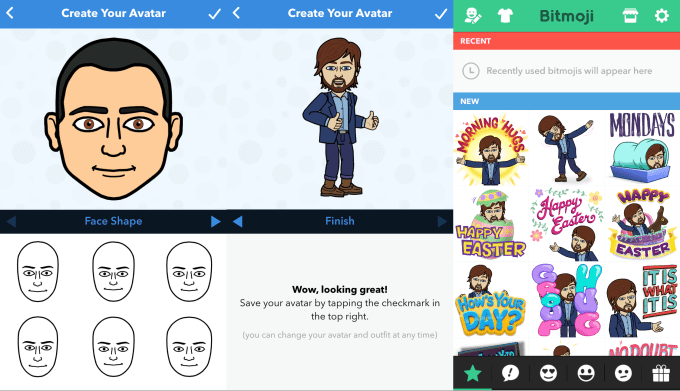Fake news is a big issue right now. News companies are in the pockets of mega-billionaires. Media bias, inaccurate reporting, and sensationalism are on everyone’s mind. We are in an age where we don’t trust the people reporting the news.
Despite all this, there are some trustworthy news sources out there. You just have to know where to look.
What We Mean When We Say “Trustworthy”
Okay, let’s be candid here.
This is going to be a controversial article, no matter which news sites we suggest. Some people will disagree with the ones we choose. Others will be offended that we didn’t include their favorite media outlets.
Unfortunately, there’s no objective metric of trustworthiness. Most of the sites you’ll see listed made their way onto this list because they’ve developed a solid reputation for unbiased news, not-politically-motivated reporting. Yes, you can contest a reputation as it is also in flux always. It can’t be easily quantified (though we’ve cited sources where we can) and people will always have different opinions.
That being said, we stand by the assertions we make here. If you disagree, take to the comments and (civilly) tell us why. Also, note that we are presenting these credible news websites in alphabetical order and not ranking by trustworthiness.
A Note About AllSides
![allsides home]()
In many of the entries below, we mention AllSides ratings. The ratings are from AllSides.com, which dedicates itself to exposing bias and providing multiple perspectives on issues. The site determines its ratings in a number of ways—you can read about them here.
AllSides is itself a great place to get news, as it clearly labels each story as left-leaning, center, or right-leaning. We highly recommend it when you want to see what different people are saying about the same issue. It’s eye-opening and can help you learn to pick out news bias elsewhere.
![ap home]()
If you read a lot of news, you’ll see the AP credited all over the place. They often report stories first, and other outlets pick up those stories and run them for their own readers. AP is a non-profit, has no corporate sponsorship, and is not government-funded. The crowd-sourced bias rating at AllSides is “center,” so it generally doesn’t favor a left- or right-leaning view of the world.
While you’ll most often see AP cited in other news outlets, you can get news directly from the source.
![bbc home]()
The British Broadcasting Corporation is the largest broadcaster in the world. The British government funds the organization and so it is not beholden to corporate interests. BBC has a history of over 90 years with a well-earned reputation for accurate, unbiased reporting. AllSides classifies it as a center news source—meaning if you want balance, it’s one of the best news sites.
Despite being center, U.S. citizens may find that “center” in the U.K. is notably to the left of what they’re used to.
The BBC’s reputation, however, is a strong one. It was one of the most highly rated in the Pew Research Center’s 2014 trustworthiness study, with all groups except the consistently conservative rating is as more trusted than distrusted. And even that group was relatively neutral about it.
![cspan home]()
Cable-Satellite Public Affairs Network (C-SPAN) has been around since 1979. The channel provides unbiased news coverage of the United States federal government, U.S. political events, and limited coverage from the governments of the U.K., Canada, and Australia.
C-SPAN is a private, nonprofit organization that has never failed a single fact check from mediabiasfactcheck.com.
![bureau investigative journalism home]()
Though it has a focus on politics, the Bureau’s stories will likely be of interest to people even outside the British political beat. As a non-profit, independent media organization, it has few ties to groups that might influence its political leanings. The Bureau publishes its stories in conjunction with other outlets—from both sides of the spectrum.
Like Brief.news, the Bureau isn’t listed on AllSides. But van Zandt, again, calls it among the most unbiased news outlets. Their stated mission is to “hold power to account,” and their goal certainly comes through in their journalism.
Note: A look at their major investigations does show that many of their stories focus on issues that are generally of more interest to the left. The group prides itself on fact-based reporting, however, and does pull together a lot of data to support their claims.
![csm home]()
Because it’s a news magazine, the format of the Christian Science Monitor is a little different from other best news sources on this list. They run fewer stories, but those stories tend to be very in-depth. It was founded in response to the sensationalist press of the early 1900s, and it’s maintained a strong reputation over 100 years later, maintaining its independence from mainstream media corporations.
There are two ways you can get news from CSM: through the daily edition (which gives you five daily stories each evening, along with an explanation of why they’re important) or the weekly version (which is also available in print). Unfortunately, neither are free. The daily will run you $11/month and the weekly is about $30/year. You can also grab it on your Kindle.
![economist home]()
Although AllSides states that the Economist tends to lean left, it does have a reputation for high-quality reporting. The publication “considers itself the enemy of privilege, pomposity, and predictability.” (Though one has to wonder, if it considers itself the enemy of privilege and pomposity, why “Which MBA” and “Executive Education Navigator” are prominently featured in the main navigation.)
Throughout its history, the Economist has championed issues on both sides of the political spectrum. Today, it does tend to have a bit more of a left lean. That being said, they’re not afraid to align themselves with the party they believe best supports their ideals, which focus on free trade and free markets.
![npr home]()
This is likely to be a controversial one, as public broadcasting is strongly associated with liberal political views in the United States. However, NPR has a reputation for journalistic excellence. They’re invested in continued government funding, but they remain free of corporate bias. AllSides rates them as center, with a blind survey, third-party data, community feedback, and secondary research supporting their classification.
The Pew survey shows that conservatives tend to mistrust NPR, but its journalistic acumen is high. It’s known for rejecting sensationalism, issuing corrections when necessary, and fair reporting.
![propublica home]()
If you get your news from NPR, you’ve probably heard ProPublica mentioned. Like the AP, ProPublica is a non-profit, non-government-funded news organization. The fact that it was the first online news organization to win a Pulitzer Prize also gives it some credence (it’s gone on to win several more since then).
This is a smaller organization than some of the others mentioned on this list, but it’s absolutely worth checking out. We have a feeling they’re going to continue to grow, both in size and reputation.
![reuters home]()
Like the AP, other news outlets often cite Reuters—and that’s largely because it has a long and solid reputation for good reporting. The organization is owned by Thomson Reuters. This gives it added resistance to corporate influence. Reuters strives to use a “value-neutral approach” to guard against bias in its reporting (so much so that it has courted controversy, especially after refusing to use the word “terrorist” after the September 11 attacks in New York).
While you may not be as familiar with Reuters as some of the other outlets listed here, they have a long-standing reputation for good journalism. Their Handbook of Journalism is a great resource for anyone reporting the news, and Reuters editors hold their journalists to its tenets.
![usatoday home]()
In 2016, USA Today shared the crown of widest circulation in the United States with the Wall Street Journal and the New York Times. It’s read all over the world and is a major source of news for millions of people every day. The op-eds in USA Today are clearly labeled and present a range of viewpoints (a refreshing change from the opinion pieces in some other publications).
AllSides gives the publication a center rating, although it notes that there’s been some disagreement. The fact that two blind surveys supported this rating adds weight, however. You might be used to seeing USA Today in front of your hotel room door, but if you’re looking for good news, do check their site regularly.
![wsj home]()
This is likely to be another controversial inclusion on the list, due to the ownership of WSJ by News Corporation, the mega-media conglomeration helmed by the Murdoch family. Rupert Murdoch has developed a reputation for being ruthlessly conservative and using his considerable media power for political influence. Some of his news outlets also have a deservedly terrible reputation.
The Journal, however, has consistently ranked as highly trusted in the United States, even after its takeover by News Corp. AllSides gives it a strong center rating, and it was the only outlet more trusted than distrusted by all groups in the 2014 Pew survey. It’s important to note that the news and opinions section of WSJ has a strictly enforced separation and that op-eds tend to have a very strong right-leaning bias. Despite that, the news (especially financial news) published by the outlet is of high quality.
![fair home]()
If you’re interested in media bias—beyond finding media that’s minimally biased—you should definitely check out FAIR. Fairness and Accuracy in Reporting is a watchdog group that writes about media bias. They publish a number of remarkably stinging critiques of current news practices.
AllSides gives them a provisional center rating. On their homepage at the time of this writing are articles that critique CNN, the AP, and Roger Ailes (founder of Fox News). They don’t hold back, and no one is safe from their rhetoric.
Your Most Trusted News Outlets
These thirteen news sites have earned themselves reputations for being trustworthy. That said, news, in general, tends to have a negativity bias, which you can counteract by seeking out positive news.
Reporters and editors also have their own biases, so it’s impossible to find 100 percent unbiased news—and that probably wouldn’t be very fun to read anyway. But, in general, you can trust what you read from these outlets.
The key is to read multiple publications that include a few credible news sources from the other side of the fence. Installing some of the best free news apps on your phone might help.
Read the full article: The 12 Most Trusted News Sites You Should Bookmark
Read Full Article
![]() That the robots are being controlled in some fashion by a team of people in Colombia (where the co-founders hail from) does take a considerable amount of the futurism out of this endeavor, but on reflection it’s kind of a natural evolution of the existing delivery infrastructure. After all, someone has to drive the car that brings you your food as well. And in reality most AI is operated or informed directly or indirectly by actual people.
That the robots are being controlled in some fashion by a team of people in Colombia (where the co-founders hail from) does take a considerable amount of the futurism out of this endeavor, but on reflection it’s kind of a natural evolution of the existing delivery infrastructure. After all, someone has to drive the car that brings you your food as well. And in reality most AI is operated or informed directly or indirectly by actual people. Iatsenia and Chavez think the model is ready to push out to other campuses, where a similar effort will have to take place — but rather than do it themselves by raising millions and hiring staff all over the country, they’re trusting the robotics-loving student groups at other universities to help out.
Iatsenia and Chavez think the model is ready to push out to other campuses, where a similar effort will have to take place — but rather than do it themselves by raising millions and hiring staff all over the country, they’re trusting the robotics-loving student groups at other universities to help out.














 For now, the SDK will be free to top developers chosen for the program from PC, Mac, Xbox, Playstation, Nintendo Switch, iOS, Android and other platforms. Surprisingly, most game devs just build their own avatar customization feature from scratch, but it’s typically focused on clothes and crazy hairstyles than fine-tuning a face that looks like your own.
For now, the SDK will be free to top developers chosen for the program from PC, Mac, Xbox, Playstation, Nintendo Switch, iOS, Android and other platforms. Surprisingly, most game devs just build their own avatar customization feature from scratch, but it’s typically focused on clothes and crazy hairstyles than fine-tuning a face that looks like your own.

















